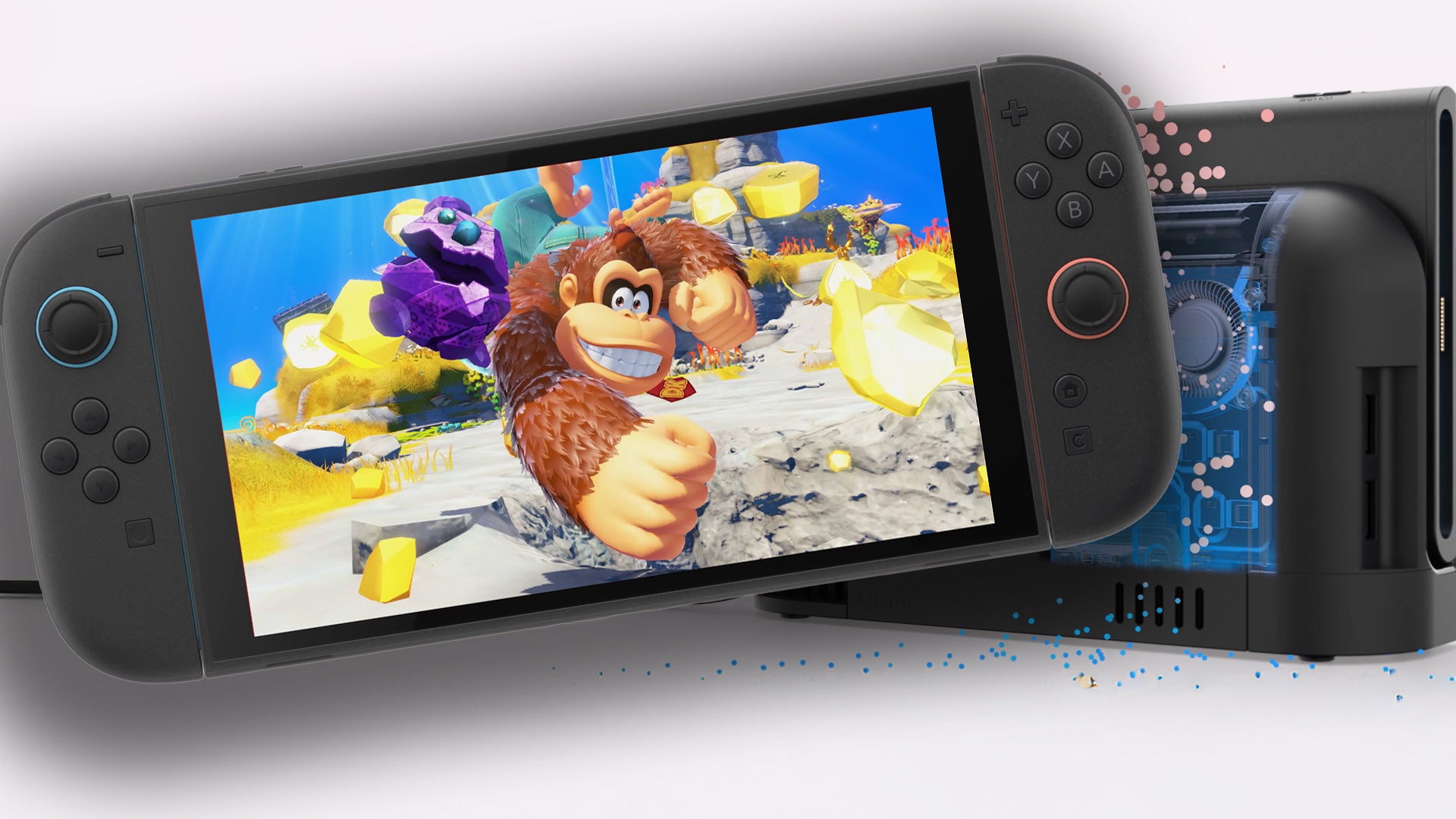With the initial reveal of the Switch 2, there was the sense that Nintendo was intent on evolution, not revolution – but yesterday’s fleshed out showing showed that the firm is still capable of surprises, both in terms of the hardware feature set and also in the presentation of many of its games.
Let’s begin on the hardware side of things where the full capabilities of the 7.9-inch display were finally revealed and proved impressively robust bearing in mind Nintendo’s usual aversion to higher end features. The display may be LCD in nature, but in every other spec point, the firm has delivered. First of all, there’s the inclusion of HDR – transformative to a game’s presentation as any one with a decent TV or even Steam Deck OLED can attest. The potential here is considerable and could have industry-wide ramifications: a mainstream console ships with an HDR display as standard, which should – in theory, at least – guarantee take-up of the feature.
Beyond that, there’s both 120Hz and VRR (variable refresh rate) support. In practise, Switch 2 titles have the potential to scale up to 120fps – assuming the game is performant enough. And if it’s not? Well, that’s not a write-off by any means: games can run with unlocked frame-rates and barring unfortunate stutter (which not even VRR can fix), they should still present in a smooth manner. We just have to be a little realistic here: Switch 2 is still a resource-constrained piece of mobile hardware operating with a highly constricted power budget, so it’ll be interesting to see just how close Metroid Prime 4: Beyond gets to its mooted 720p 120fps target in handheld form.
0:00:00 Introduction0:01:22 Displays: 120Hz VRR HDR 1080p internal display, 4K60/1440p120 docked display output0:10:09 Battery and battery life0:11:55 Controller changes: GameChat, magnetic attachment, mouse control, Pro controller upgrades0:18:14 Storage: 256 GB internal, MicroSD Express support, Game Cards and Game-Key Cards0:26:27 Game compatibility: games with support issues, Switch 2 upgrades and Switch 2 Editions, GameCube backwards compatibility0:38:15 Pricing: Console prices, game prices, and value0:46:45 First party games: Mario Kart World0:52:31 Kirby Air Riders0:53:57 Donkey Kong Bananza0:57:02 Third party games: The Duskbloods1:00:39 Elden Ring, Cyberpunk 2077, FF7 Remake, Tony Hawk’s Pro Skater 3+41:08:56 Closing thoughts on the presentation and system
The 120Hz VRR display also offers up other opportunities – the chance for games typically targeting 30fps to instead use a higher, smoother, arbitrary frame-rate: 40fps or thereabouts being the obvious choice. The only issue I’d like to highlight here is that the harder developers push the hardware for higher frame-rate, there has to be a trade in terms of graphical fidelity and/or battery life, which allows me segue seamlessly to the next crucial spec point: the size of the battery itself.
